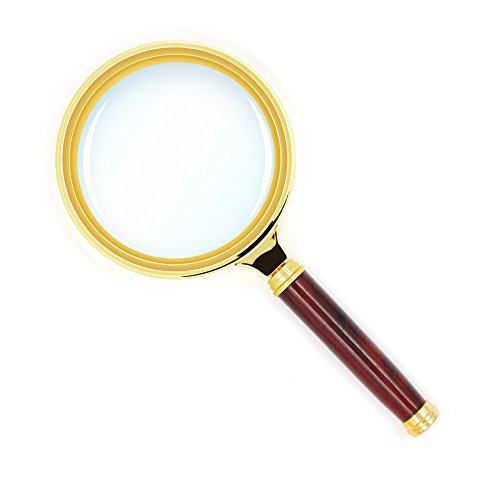Want a super-easy science demonstration for static electricity? This static electricity for kids experiment is easy and fun for kids of all ages.
My kids are big fans of science projects and Christmas STEM activities. We tried a static electricity experiment years ago, but it was high time we tried another.
This static electricity experiment with a balloon came about when we tried to levitate a tinsel orb, but our tinsel was too thick.

However, we quickly found that static electricity could act like tape and hold the tinsel to the balloon.
Learn how to conduct your own static electricity for kids demonstration below!

Related: Kids Science Projects
Static Electricity Demonstration for Kids
This static electricity experiment is quick and easy, which makes it perfect for kids of all ages!
What is a static electricity demonstration?

A static electricity demonstration shows the scientific concept of static electricity.
To be a science experiment, students need to test variables.
You can test variables in this experiment by using different sizes of balloons, different things that may cling to the balloon (like tissue paper or water), or allow the kids to test their own variables.
But if you follow the directions as listed, then your static electricity science for kids activity will be a demonstration of a scientific concept, not a complete experiment.
Demonstrations can be used in science or STEM labs to illustrate the basics of a concept that children can then explore in small groups or on their own.
Static Electricity for Children Explantion

Static electricity is electrons that aren’t moving.
Usually, electricity travels in currents or waves from one point to another. But if the electrons in a molecule get charged and have nowhere to go, they are static electricity.
When you touch something that has a static electricity charge, you complete the circuit and the charge is transferred to you (or whatever touches it).
This is why sometimes you feel a tiny shock, see a spark, or have a reaction like your hair standing on end when you touch a charged balloon.
What you’ll need for this science demonstration:
Disclaimer: This post includes affiliate links for your convenience at no cost to you.
The Mason Jar Scientist: 30 Jarring STEAM-Based ProjectsBall Regular Mouth Mason Jars with Lids and Bands, 16-Ounces (4-Pack)
Crisco Pure Vegetable Oil, 32 Ounce
Barbasol Soothing Aloe Thick & Rich Shaving Cream 10 Oz (2 Pack)
Alka-Seltzer PFY BXAS50 80659297 Antacid and Pain Relief Medicine, Two-Pack (Pack of 50)
Kadaon 10X Handheld Magnifier Antique Mahogany Handle Magnifier Reading Magnifying Glass for Reading Book, Inspection, Coins, Insects, Rocks, Map, Crossword Puzzle
BORAX 20 Mule Team Laundry Booster, Powder, 4 Pounds
Fine Ground Celtic Sea Salt – (1) 16 Ounce Resealable Bag of Nutritious, Classic Sea Salt, Great for Cooking, Baking, Pickling, Finishing and More, Pantry-Friendly, Gluten-Free
McCormick Assorted Food Color, 1 Fl Oz (Pack of 1)
Food Coloring – 12 Color Vibrant Cake Food Coloring Set for Baking, Decorating, Fondant and Cooking – Upgraded Liquid Concentrated Icing Food Color Dye for Slime Making, DIY Crafts – .25 fl. oz. Each
30% Pure Vinegar – Home&Garden (1 Gallon)
Arm & Hammer Pure Baking Soda, 5 lb
Argo Corn Starch 16 oz. Box (Pack of 4)

Static electricity experiment directions:

Blow up the balloon and set it aside.
Tie the tinsel into a bow shape. We just used one piece, but you could experiment with thicker bows to see if the experiment will still work.
Let each kid rub the balloon on their heads. Their hair will stick to the balloon, which is usually fun for the kids to see.

Drop the tinsel bow onto the balloon. Instead of sliding off, it will stick to the balloon.
You might even be able to turn the balloon upside down without the bow falling off.

My kids thought this was the best activity ever. Once you remove the bow, the balloon has to be recharged.
The kids spent nearly half an hour repeating this activity.
It’s even more fun when you do it in the dark because you might see a spark of electricity!
Try rubbing the balloon on different surfaces to see if you get different results!














